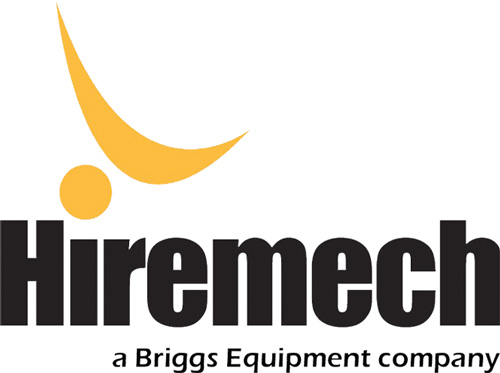In 2016, it’s easy for people in the manufacturing and warehousing industries to take the forklift for granted. Indeed, if you told the boss of a modern warehouse that they wouldn’t be able to use forklifts anymore, they’d probably balk at you in horror. But up until a century ago, the forklift didn’t exist at all, and it wasn’t until the events of World War Two that it became a universal piece of kit.
Early days
The story of the forklift truck starts in the Industrial Revolution, which took place across Europe, Japan, and the USA in the 18th and 19th centuries. The biggest and most significant change during this time was the introduction of machines to the manufacturing process, replacing the more time-consuming and cumbersome hand tools that had come before.
During the late 19th Century, manually operated hoists were a popular means of lifting heavy cargo. However, as manufacturing become more and more reliant on machines, there was an increased appetite for a device that could lift materials, and also transport them over short distances. The earliest patent for such a device was registered in 1867; it was essentially a cart built from wood with a hoist attached for lifting.
In 1887, a lifting truck was invented that allowed both horizontal and vertical movement of cargo. The idea was not revisited for two decades, but there’s no doubt that this was a key development in the history of the forklift truck.
The first forklifts
The two materials handling vehicles, the first in 1867 and the second in 1887, were not hugely influential in and of themselves. However, they both had a vital role to play in influencing the design and invention of the forklift truck.
A third innovation provided the last piece of the puzzle, and directly led into the creation of the first lift trucks. In 1906, a worker at the Pennsylvania Railroad project in Alatoona attached a battery to a baggage cart, making what was probably the world’s powered first cargo truck. The first steel lift trucks appeared three years later in 1909, though the lifting platform was solid sheet metal, not in the ‘fork’ shape that would later become standard.
The war effort
The groundwork was laid during a time of peace, but the first and second World Wars would mould this crude invention into what we recognise as a forklift truck today. In the UK there was a significant labour shortage during the First World War (1914-1918), thanks to the sheer number of working age males who had volunteered for the military. This lack of manpower necessitated the use of lift trucks, to increase the productivity of the workforce available.
By 1915 a steel, powered lift truck had been created by Ipswich-based company Ransomes, Sims & Jeffries that allowed loads to be moved both horizontally and vertically. On the other side of the Atlantic, the forklift was also being utilised heavily, and a number of companies were founded that would go on to be big players in the materials handling industry.
The inter-war years saw numerous innovations that changed the forklift industry. The most significant was the introduction of standardised pallets, that prompted the adoption of ‘fork’ style lifting equipment. Hydraulic power was also added to the lifting element during this period. So, by the time the Second World War (1939-1945) arrived, the forklift was beginning to resemble something recognisable to the modern eye.
During the Second World War, the forklift truck became a vital piece of machinery in the war effort, used to load food, ammunition, and other war supplies onto vehicles.
Post-war mass adoption
Following its instrumental role in the war effort, the forklift truck’s popularity ballooned after peace was achieved. The problem that forklift designers and engineers now had to overcome was the size of the vehicles. The forklifts used during World War Two were large and cumbersome, and struggled to navigate the narrow corridors of a warehouse. They also needed to be more easily manoeuvrable and capable of reaching higher. These arrived in the 1950s, and closely resemble modern forklifts. There was just one more issue to be addressed: safety.
Believe it or not, prior to the 1950s, many forklifts did not have a roof of any kind. Throughout the 50s and 60s, forklift manufacturers began adding a roof to all new trucks, to mitigate the risk of a load falling on a driver while they were operating the vehicle.
Between the 1960s and the modern day forklifts have been made continually safer, and today they are an incredibly safe piece of machinery if used correctly. So what for the future? In recent years, hydrogen fuel cell-powered forklifts have been growing in popularity due to the fact that they are completely clean and eco-friendly. So, could the future of forklifts be green? Watch this space.
Hiremech is the exclusive dealer for the Hyster range of forklift trucks in London. Offering forklift hire and sales, Hiremech is your one-stop-shop for your material handling needs in London.

 020 8880 3322
020 8880 3322